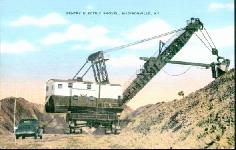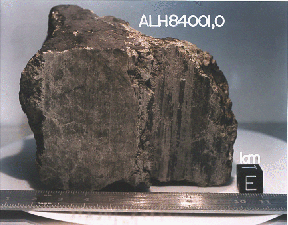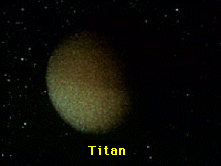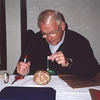Bacteria
Image courtesy of JPL/NASA
Pre-Cambrian Life
About 2.5 billion years ago (BYA) oxygen began to build up in the atmosphere. Life used this change to developed eukaryotic cells. These are cells which include a nucleus. Both heterotrophs (early animals) and autotrophs (early plants) began to use the new cells.
In cells with a nucleus respiration and photosynthesis are better, so the production of oxygen in the environment of the early Earth speeded up. This made it possible for new organisms which depended on oxygen for survival to develop.
You might also be interested in:

You may have heard of photosynthesis. That's where a plant uses energy from the Sun's rays to make its own food. The opposite of photosynthesis is called respiration. The difference is that respiration
...more
There are many different kinds of plants. Some have big leaves. Some have small leaves. Some even have flowers. All plants make their own food. When sunlight hits the leaves of a plant, photosynthesis
...more
Eventually, photosynthesis by the earliest forms of plant life (a form of life capable of feeding itself instead of feeding off of others) began to produce significant amounts of oxygen. One important
...more
Jupiter's atmospheric environment is one of powerful winds, going 250 miles per hour, and temperatures from -270 degrees to +32 degrees (freezing temperature). These winds make it hard for life forms to
...more
In July, 1996 a team of scientists said that they had discovered possible fossils of bacteria in a meteorite named ALH84001 that came from Mars. It was found in Antarctica in 1984 after having landed there
...more
Saturn's atmospheric environment is one of powerful winds, going 250 miles per hour, and temperatures from -270 degrees to +80 degrees. With winds like these, it is hard to have peace and quiet. The region
...more
The air of Titan is a lot like the Earth's, except that it is very cold, from -330 degrees to -290 degrees! Like the Earth, there is a lot of Nitrogen and other complex molecules. There also may be an
...more















